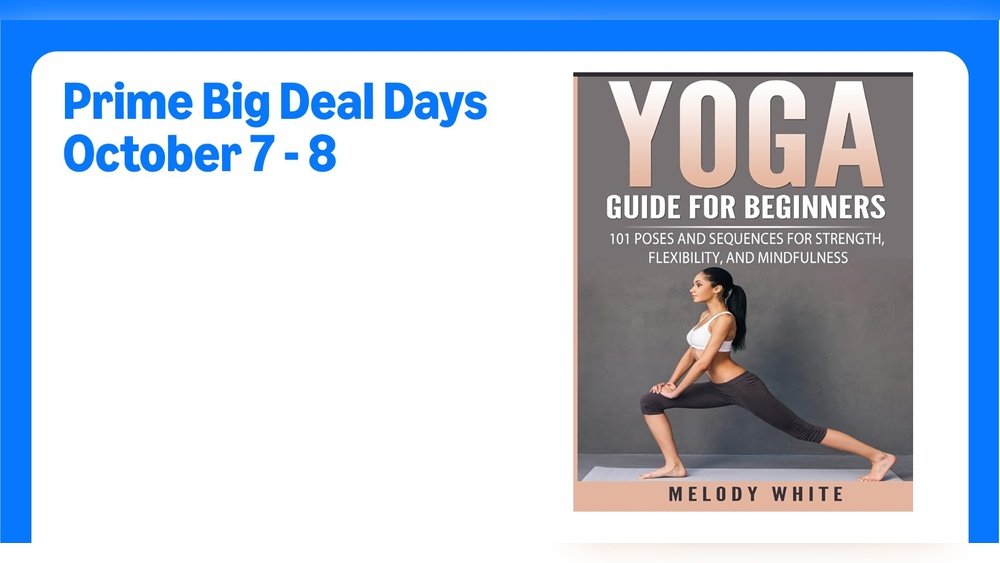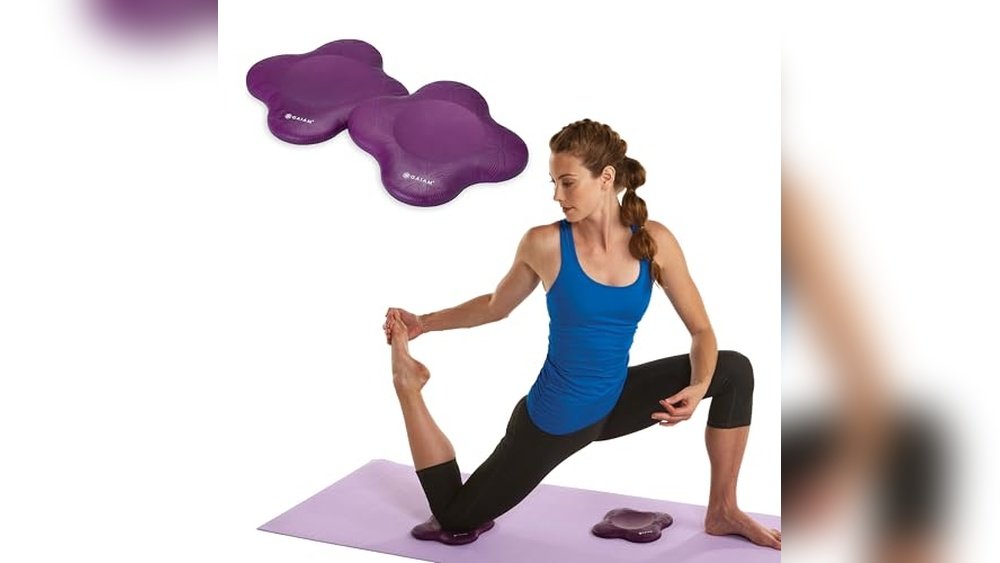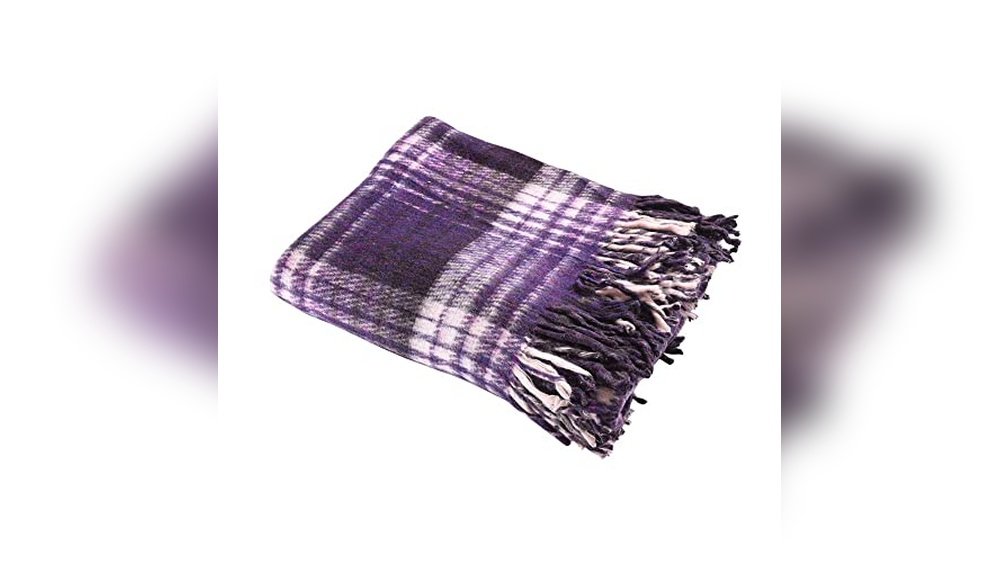Feeling overwhelmed by stress or struggling with tight muscles? You’re not alone—and yoga might be just what you need.
Imagine a simple practice that not only helps you unwind but also gently increases your body’s flexibility. This guide is designed especially for beginners like you, who want to experience the calming benefits of yoga without feeling lost or intimidated.
Step by step, you’ll discover easy poses and breathing techniques that melt away tension and open up your body. Ready to take control of your stress and feel more flexible? Keep reading, and let’s make yoga a powerful part of your daily routine.
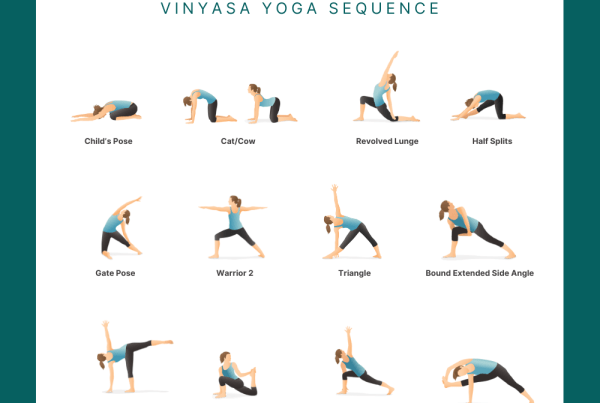
Credit: www.yogarenewteachertraining.com
Yoga Styles For Beginners
Choosing the right yoga style helps beginners build confidence and enjoy practice. Each style has unique benefits for stress relief and flexibility. Exploring gentle and accessible options makes yoga welcoming and effective.
Hatha Yoga Basics
Hatha yoga is slow and steady. It focuses on basic poses and breath control. This style helps beginners learn proper alignment and breathing. It reduces stress by encouraging calm movements and mindfulness.
Vinyasa Flow
Vinyasa yoga links breath with movement. It creates a smooth flow from one pose to another. This style improves flexibility and builds strength. It also increases energy while keeping the mind focused.
Yin Yoga Approach
Yin yoga uses long-held, gentle stretches. It targets deep tissues and joints. This style promotes relaxation and helps release tension. Yin yoga is great for improving flexibility over time.
Restorative Yoga Benefits
Restorative yoga uses props to support the body. It involves holding poses for several minutes. This style deeply relaxes muscles and calms the mind. It is perfect for stress relief and healing.
Kripalu Yoga Features
Kripalu yoga emphasizes self-awareness and compassion. It encourages listening to your body’s needs. This style is gentle and adaptable for beginners. It supports emotional balance and physical ease.
Yoga For Stress Relief
Yoga offers a simple path to ease stress and calm the mind. It combines gentle movement, breath control, and relaxation techniques. These elements work together to reduce tension and promote peace.
For beginners, yoga can create a safe space to unwind. It helps release built-up stress and brings focus back to the present moment. Let’s explore how yoga supports stress relief in everyday life.
Breath Control Techniques
Breathing deeply slows the heart and calms the nervous system. Techniques like diaphragmatic breathing and alternate nostril breathing help reduce anxiety fast. Practice slow, steady breaths to feel grounded and relaxed.
Simple breath exercises can be done anywhere. Focus on long inhales and exhales to clear your mind. This resets your body’s stress response and brings clarity.
Poses To Calm Anxiety
Certain yoga poses gently stretch the body and soothe the nervous system. Child’s Pose and Legs-Up-The-Wall are excellent for calming anxiety. These poses encourage stillness and deep relaxation.
Holding these poses for a few minutes can melt away tension. They invite a sense of safety and rest. Move slowly and listen to your body’s needs.
Meditation And Mindfulness
Meditation quiets the busy mind and lowers stress hormones. Mindfulness teaches you to observe thoughts without judgment. Both practices improve focus and emotional balance.
Start with short sessions of guided meditation. Sit comfortably and pay attention to your breath or body sensations. Over time, this builds resilience to daily stress.
Using Props For Relaxation
Props like blankets, bolsters, and blocks provide extra support. They help the body relax fully during poses and meditation. This reduces muscle strain and promotes comfort.
Using props makes yoga accessible and gentle for beginners. They allow you to hold poses longer and deepen the sense of calm. Props create a nurturing yoga experience that soothes both body and mind.
Poses To Boost Flexibility
Improving flexibility helps your body move with ease and lowers injury risk. Yoga offers simple poses that gently stretch muscles and joints. Beginners can build a solid foundation by practicing these stretches regularly. Each pose targets different parts of the body to increase overall flexibility.
Start slowly and listen to your body. Hold each pose comfortably without pain. Over time, you will notice better movement and less stiffness. These easy poses help you enjoy yoga and reduce stress at the same time.
Standing Stretches
Standing poses lengthen your legs and strengthen balance. Try poses like Forward Fold and Side Stretch. They open your hamstrings, calves, and sides. These stretches prepare your body for deeper poses and everyday activities.
Seated Forward Bends
Seated forward bends calm your mind and stretch your back. Bend slowly toward your feet while keeping your spine long. This stretch loosens your lower back and hamstrings. It helps reduce tension and improves posture.
Hip Openers
Hip openers release tightness in your hips and lower back. Poses like Butterfly and Pigeon gently stretch hip muscles. These poses improve mobility and ease stress stored in the hips. They support better movement and comfort in daily life.
Spinal Twists
Spinal twists increase flexibility in your spine and waist. Sit or stand tall, then twist slowly to each side. Twists help release tension and improve digestion. They also promote better posture and spinal health.

Credit: www.amazon.com
Creating A Routine
Creating a yoga routine helps beginners build consistency. Regular practice supports both stress relief and improved flexibility. A well-planned routine fits easily into daily life. It encourages steady progress and keeps motivation high.
Start by understanding your own needs and limits. Plan your sessions to balance effort and rest. This approach prevents burnout and injury, making yoga enjoyable and effective.
Setting Realistic Goals
Set simple, clear goals for your yoga practice. For example, aim to reduce stress or increase flexibility gradually. Avoid expecting too much too soon. Small, achievable targets boost confidence and keep you engaged.
Focus on what feels good for your body and mind. Celebrate each small success to stay motivated. Adjust goals based on your progress and comfort level.
Duration And Frequency
Start with short sessions, around 15 to 20 minutes. Practice three to four times per week to build habit. Consistency matters more than length of each session. Over time, increase duration to 30 minutes or more.
Rest days allow your body to recover and strengthen. Avoid daily intense practice to prevent strain. Balance effort with gentle movements and relaxation poses.
Combining Stress Relief And Flexibility
Include poses that calm the mind and stretch the body. Gentle, slow movements help release tension effectively. Breath work supports relaxation and focus during practice.
Mix standing, seated, and reclining poses for balanced flexibility. Hold stretches long enough to feel a gentle pull but no pain. End sessions with calming poses like Child’s Pose or Savasana.
Tracking Progress
Keep a simple journal of your yoga sessions. Note how long you practice and which poses you do. Write down how you feel before and after each session. Tracking helps identify what works best for you.
Review your notes every week to see growth. Celebrate improvements in flexibility and stress levels. Adjust your routine based on your observations and goals.
Tips For Beginners
Starting yoga can feel exciting and a little confusing. Simple tips help beginners enjoy yoga safely and easily. These tips focus on listening to your body, picking the right class, avoiding mistakes, and staying consistent. Follow these ideas to build a good yoga habit.
Listening To Your Body
Pay close attention to how your body feels during each pose. Stop if you feel pain or discomfort. Yoga is about gentle movement, not pushing hard. Rest when you need to. This practice helps prevent injuries and keeps yoga enjoyable.
Choosing The Right Class
Select a class designed for beginners with clear instructions. Look for gentle yoga styles like Hatha or Yin. These focus on slow movements and relaxation. A good teacher will guide you step-by-step and offer modifications.
Avoiding Common Mistakes
Do not rush through the poses. Take your time to learn each one correctly. Avoid comparing yourself to others in class. Use props like blocks or straps if needed. These tools support your body and improve your practice.
Staying Consistent
Practice yoga regularly, even if only for a few minutes daily. Consistency builds strength, flexibility, and calmness. Set a simple schedule that fits your life. Small daily efforts bring the best results over time.
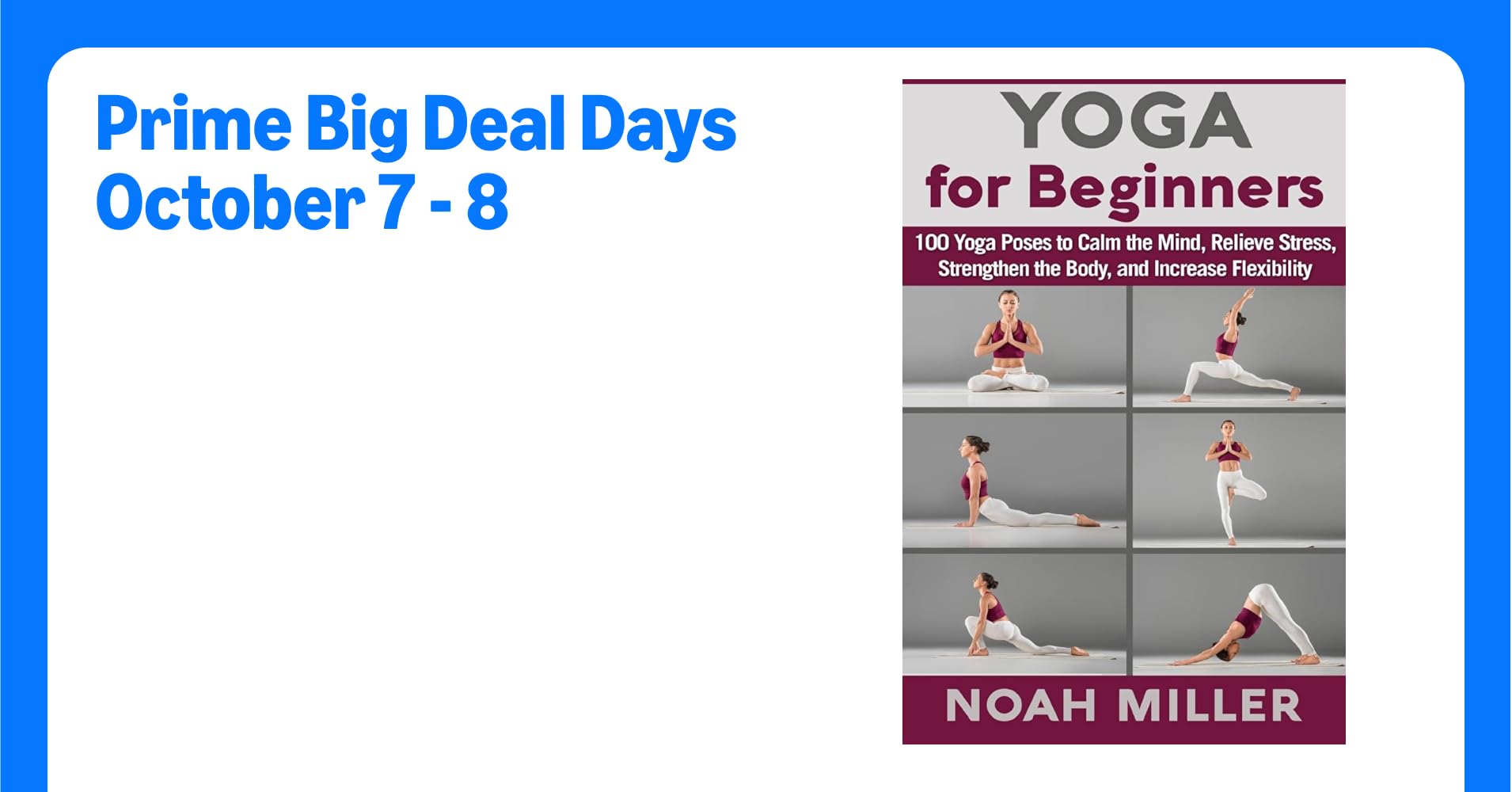
Credit: www.amazon.com
Additional Tools For Relaxation
Using extra tools can make yoga more relaxing and helpful. These items support your body and mind. They ease tension and improve your practice. Beginners find these tools useful for comfort and focus. Including them creates a calm space for stress relief and flexibility.
Using Bolsters And Blocks
Bolsters and blocks help support your body in poses. Bolsters provide soft cushioning under your back or knees. Blocks lift your hands or feet to reduce strain. These props make poses easier and safer. They help hold stretches longer without discomfort. Using them helps beginners relax deeply and stretch better.
Incorporating Music And Scents
Soft music soothes your mind during yoga. Choose slow, gentle tunes without words. Music calms the nervous system and lowers stress. Scents like lavender or chamomile promote calmness. Use essential oils or candles for a peaceful room. Music and scents create a peaceful atmosphere for your practice.
Breathing Exercises
Breathing exercises improve relaxation and focus. Try slow, deep breaths to calm your mind. Count your breaths to stay present in the moment. Breathing fully helps release tension in your body. Practice breathing before and during yoga to enhance calmness. These exercises are simple and powerful tools for stress relief.
Guided Yoga Sessions
Guided sessions offer step-by-step instructions for beginners. Teachers explain poses and breathing clearly. These sessions help you learn correct form and timing. You feel supported and less unsure practicing with guidance. Guided yoga reduces stress by focusing your mind. They make yoga easier and more enjoyable.
Frequently Asked Questions
Which Yoga Is Best For Flexibility For Beginners?
Hatha, Vinyasa, and Yin yoga are best for beginners to improve flexibility. They combine gentle stretches and mindful movements effectively.
What Type Of Yoga Is Best For Stress Relief?
Restorative, Hatha, and Yin yoga best reduce stress by promoting deep relaxation and mindful breathing. These gentle styles calm the nervous system effectively. Choose the style that feels most soothing and helps you relax.
How To Start A Regular Yoga Practice For Flexibility And Relaxation?
Start with gentle Hatha or Yin yoga to improve flexibility and relaxation. Practice 15-20 minutes daily, focusing on deep breaths and slow movements. Use props for support and hold poses longer. Gradually increase session length and listen to your body’s limits to avoid injury.
Can Yoga Improve Flexibility For Beginners?
Yoga improves beginners’ flexibility by gently stretching muscles and increasing joint mobility. Regular practice enhances range of motion and reduces stiffness. Starting with Hatha or Yin yoga supports gradual flexibility gains safely. Consistent sessions build strength and promote better posture for long-term benefits.
Conclusion
Yoga offers simple ways to reduce stress and improve flexibility. Starting with gentle styles like Hatha or Yin helps beginners feel comfortable. Consistent practice calms the mind and loosens the body. Focus on your breath and listen to your limits.
Small steps lead to steady progress and greater ease. Enjoy the journey of feeling more relaxed and flexible each day. Keep practicing, and your body and mind will thank you.

